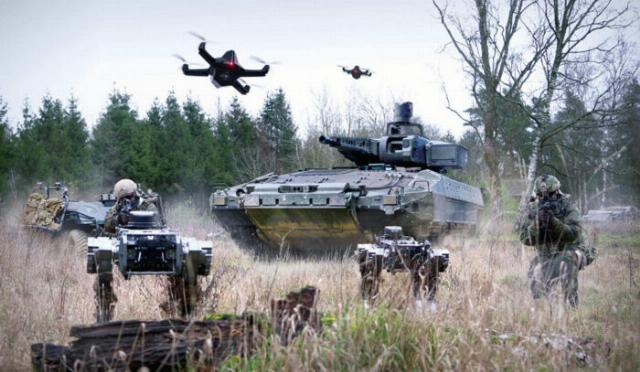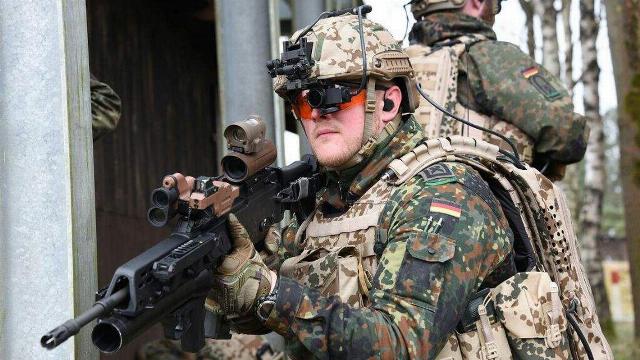German defense concern Rheinmetall is taking its cue from the world of sports by continuing to modernize its Gladius 2.0 soldier system, which connects personnel, weapons, vehicles and sensors on the digital battlefield.
The concern is teaming up with the Austrian company QUS Body Connected to add biometric data to the equation. It is believed that this will allow units to monitor the physical condition of individual soldiers, which can be a decisive factor in making decisions in combat.
According to Timo Haas, Director of Digital Technologies at Rheinmetall, in the future, "biomonitoring will play an important role for soldiers, allowing them to optimize their combat readiness. With digitization, data supported by artificial intelligence can make an important contribution to tactical decision-making at higher levels of command."
The goal of the joint project is to be able to combine biometric data such as heart rate and respiration with external parameters such as temperature.

Rheinmetall Concern digitizes the soldier of the future
In 2017, Rheinmetall introduced the latest version of the Gladius system (Latin for short sword, which Roman legionnaires have used for several centuries). This is a modular system that can be configured for various roles ( read more here )
In particular, the light infantry version is built around a light armored personnel carrier. The kit includes a radio receiver for voice and data transmission, as well as GPS tracking, a headset and an end-user device, which can be a tablet, smartphone or smartwatch. Rheinmetall's management states that the goal is to increase the soldier's awareness of the situation, mobility and flexibility, protection levels, communication and interaction capabilities in the sensor-shooter link.
Rheinmetall's soldier systems are used by the Bundeswehr and the Canadian Armed Forces. At the Eurosatory 2024 defense exhibition in Paris, the company demonstrated its digital brigade concept. It includes Gladius 2.0, as well as a digital tactical core from its partner company blackned GmbH, which includes new applications for combat management and training.
The U.S. Army is also developing similar digital systems for its units. Army science and industry partners are working on a key concept that, with the help of artificial intelligence and autonomy, should improve the decision-making process in the military without excluding the human factor.
The army calls this process "The Soldier as a System." The idea is to use computer networks and algorithms to integrate disparate systems run by soldiers. This means that a single electronic architecture will combine night vision goggles, individual weapons, wearable computers and portable devices.
One of the contractors that the U.S. Army cooperates with is the consulting firm Booz Allen Hamilton, which is working on what it calls "Digital Warrior" solutions. The firm says it has developed a "fighter-oriented, interconnected platform of sensors, equipment and weapons to quickly present the right data at the right time."
Based on the materials of the resource warriormaven.com

